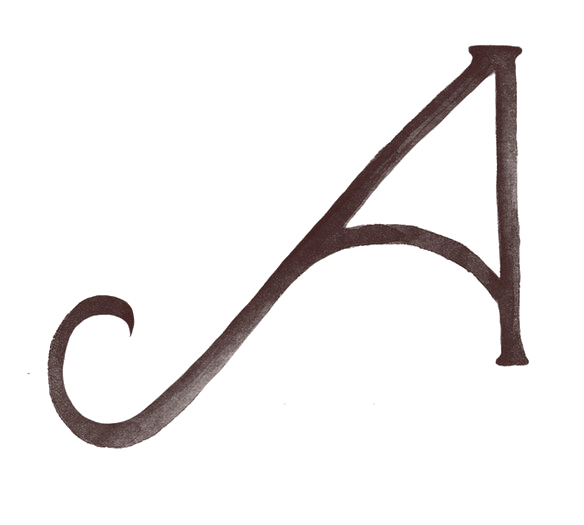How do I structure a memoir?
The short answer to the question: How do I structure a memoir? is according to the story you have to tell…
But, as always, the long answer is more interesting.
Gone are the days of biographies written in ascending chronological order. In theory, there are as many types of structures as there are people. But finding the right one can be challenging. Unless the perfect form just drops right in (which it can) creating the structure that fits the story takes curiosity, experimentation and persistence.
There’s a book (probably more) dedicated to helping you work out how to structure a memoir. (Reading Autobiography by Sidonie Smith and Julia Watson.) But before budding memoirists go out and buy a copy ‘to solve all the structural problems first up’, it’s worth exploring your own ideas. Who knows? You might come up with a truly unique form that fits like a hand-tailored glove. If not, read and read examples of ‘memoirs that work’ for you and create the perfect hybrid.
Here’s a small collection to start you off…
Educated by Tara Westover writes of different events as viewed by different family members of Mormon family. (Now that would be interesting.)
Between The World and Me is a letter to his son by Ta-Nehisi Coates. Of course, right now I have to mention the long-lasting Diary of Anne Frank, her published diaries of two years’ hiding from Nazis in The Netherlands.
Stan Grant’s Talking To My Country eloquently blends politics, place and racism with a bildungsroman arc. (Do you know this word? I had to look it up! Fascinating… ) Another powerful blend is Brene Brown’s Braving The Wilderness. She uses life experience to illuminate her extensive research into belonging.
Then there are ‘how-to’-titled memoirs, such as How To Be A Person In The World, How To Be A Girl and How To Not Be A Boy.
British comedian David Mitchell’s memoir Back Story centres around his favourite London walk. Not Just A Piece of Cake: Being An Author is Hazel Edwards’s behind-the-scenes author story. Famously, Mitch Albom’s Tuesdays With Morrie talks to how to live a good life through Mitch’s regular visits to his dying past teacher.
Then there’s the cross-over between fiction and memoir, which is still making many readers, critics and writers dizzy, though it’s been happening since story-telling began. (Think David Copperfield and Sons and Lovers.) Jeanette Winterson’s reflection on growing up in a religious cult Oranges Are Not The Only Fruit straddles the gap well.
Kristina Olsson’s Boy, Lost is an account of an abduction of a baby boy by his father. Author Kristina is the sister of the baby boy, the daughter of the father, but she is hardly in this very personal account of the mother-and-son experience.
There are many memoirs structured in a collection of essays. The more skilfully the essays can be grouped, the better the read. Books that spring to mind include David Sedaris’s Dress Your Family in Corduroy and Denim and A Celebration Of The Senses by Eric Rolls, whose theme surely speaks for itself.
Often stories are organised thematically like Jenny Diski’s Skating Towards Antarctica (around the theme of ‘white’) and Maggie Farrell’s I Am, I Am, I Am – 17 Brushes With Death. The chapters are allocated to the author’s seventeen near-death experiences with each section attributed to the part of the body in danger. Speaking of brushes with death, Lincoln Hall’s Dead Lucky is worth a read, whether or not you’re into mountaineering.
In Stuart: A Life Backwards Alexander Masters starts with the end as a dejected adult and the story reverse plots all the way back through life to his seven-year-old self.
The multi-passionates can mix it right up, sometimes quite skilfully, a la Michael Ondaatje’s Running In The Family, which combines fact, fiction, poetry, travel and magic realism.
Graphic novels can really bring stories to life. Think Maus, Persepolis, American Splendour and Fun Home. Lucy Knisley’s memoir is also worth a mention here. Illustrated, it celebrates food, cooking and life through what she was eating at the time – Relish: My Life In The Kitchen.
The list goes on. And on! That’s a good thing, because, somewhere out there exists the ingredients you need to get that story down. Take your time. Read widely. Ask questions. Explore the options. There’s a structure out there for everyone.
May your words pour onto the page,


